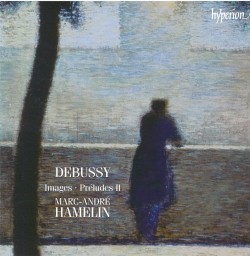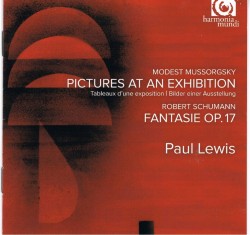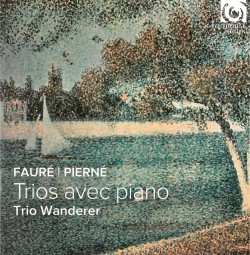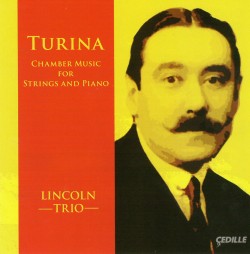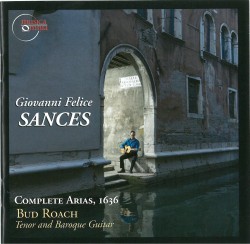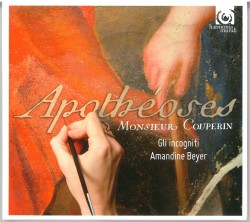Transformation - Gallery Players of Niagara
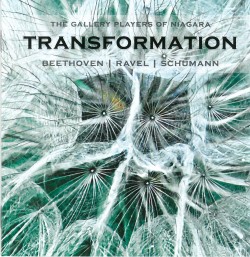 Transformation
Transformation
Gallery Players of Niagara
Independent GPN14002 (galleryplayers.ca)
Chamber transcriptions of vocal or orchestral music are nothing new – as early as the 1780s, Bohemian composer Joseph Tribensee was arranging arias from Mozart operas for woodwind ensembles, helping to bring music from the opera house onto the street. The tradition continues today, and among the most recent offerings is this delightful disc aptly titled Transformation, featuring arrangements of works by Beethoven, Ravel and Schumann performed by the Gallery Players of Niagara.
The disc opens with Beethoven’s Violin Sonata Op.24 “Spring” – as transcribed for flute, violin, viola and cello by GPN violist Patrick Jordan. Here, the deft arrangement is greatly enhanced by elegant and finely-nuanced playing in which the ensemble achieves a particularly sensitive balance at all times.
Ravel thought highly enough of his keyboard suite Le Tombeau de Couperin to produce an orchestral version in 1919. In this particular arrangement for oboe, clarinet, violin, cello and piano, Trevor Wagler indeed achieves what he set out to do – to remain as faithful to the original as possible. The playing is both graceful and spirited, while the inclusion of the piano is an attractive reminder that the suite was originally conceived for solo keyboard.
Most transcriptions diminish the original orchestration, but in the case of the third work – Schumann’s famous song cycle Dichterliebe Op.48 – the resources are augmented, comprising an unusual combination of string quartet, classical guitar and double bass, all joined by Canadian baritone Brett Polegato. Yet Patrick Jordan’s arrangement in no way hampers the mood of quiet introspection, and the six members together with Polegato’s warm interpretation achieve a wonderful sense of intimacy right up to the anguished finale, Die alten, bösen Lieder.
Transformation is appealing on two levels – tasteful and sympathetic arrangements coupled with some fine music-making. It’s perfect listening for a brisk day in February – or for that matter, any time of year.


